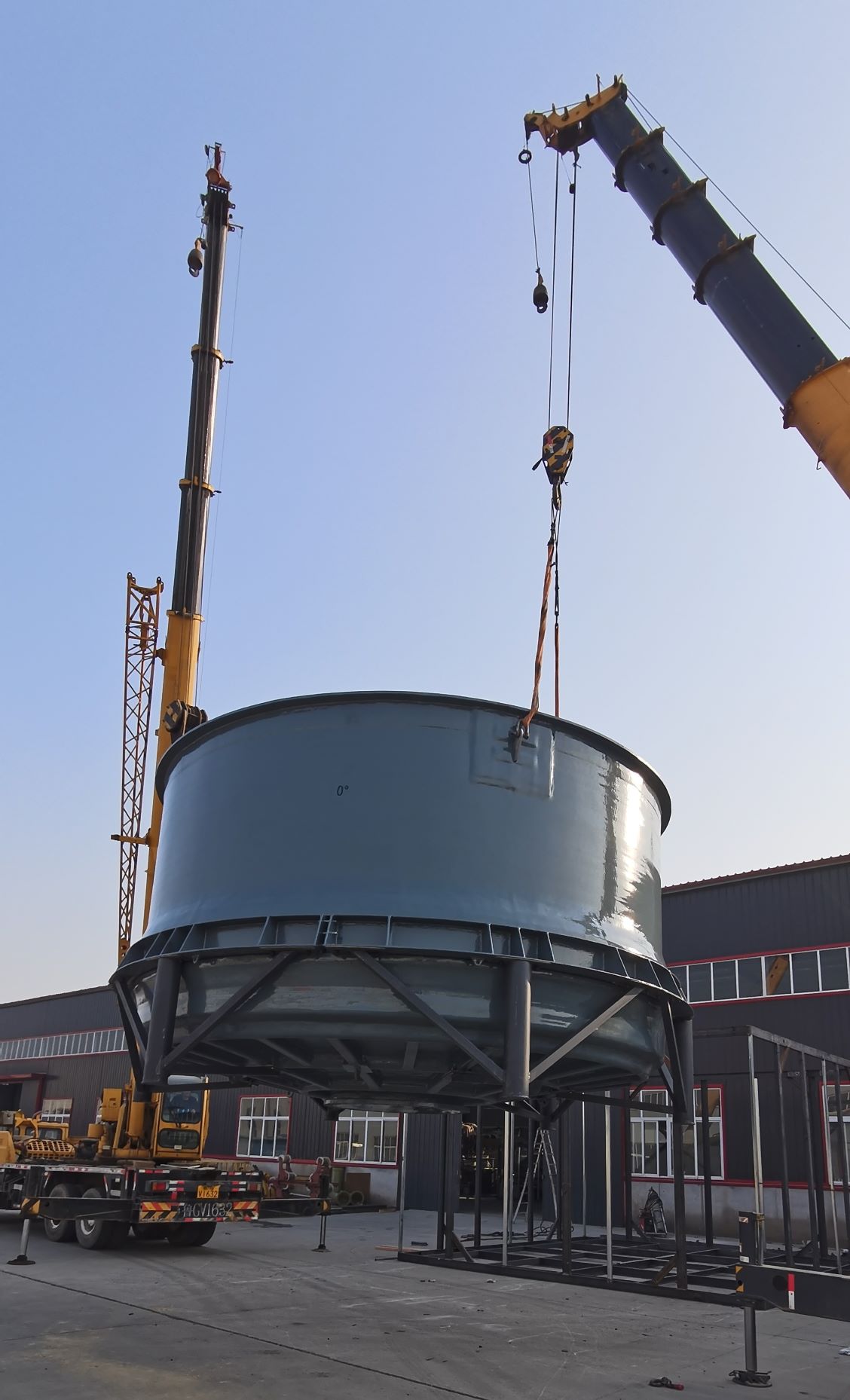
-
 Afrikaans
Afrikaans -
 Albanian
Albanian -
 Amharic
Amharic -
 Arabic
Arabic -
 Armenian
Armenian -
 Azerbaijani
Azerbaijani -
 Basque
Basque -
 Belarusian
Belarusian -
 Bengali
Bengali -
 Bosnian
Bosnian -
 Bulgarian
Bulgarian -
 Catalan
Catalan -
 Cebuano
Cebuano -
 China
China -
 China (Taiwan)
China (Taiwan) -
 Corsican
Corsican -
 Croatian
Croatian -
 Czech
Czech -
 Danish
Danish -
 Dutch
Dutch -
 English
English -
 Esperanto
Esperanto -
 Estonian
Estonian -
 Finnish
Finnish -
 French
French -
 Frisian
Frisian -
 Galician
Galician -
 Georgian
Georgian -
 German
German -
 Greek
Greek -
 Gujarati
Gujarati -
 Haitian Creole
Haitian Creole -
 hausa
hausa -
 hawaiian
hawaiian -
 Hebrew
Hebrew -
 Hindi
Hindi -
 Miao
Miao -
 Hungarian
Hungarian -
 Icelandic
Icelandic -
 igbo
igbo -
 Indonesian
Indonesian -
 irish
irish -
 Italian
Italian -
 Japanese
Japanese -
 Javanese
Javanese -
 Kannada
Kannada -
 kazakh
kazakh -
 Khmer
Khmer -
 Rwandese
Rwandese -
 Korean
Korean -
 Kurdish
Kurdish -
 Kyrgyz
Kyrgyz -
 Lao
Lao -
 Latin
Latin -
 Latvian
Latvian -
 Lithuanian
Lithuanian -
 Luxembourgish
Luxembourgish -
 Macedonian
Macedonian -
 Malgashi
Malgashi -
 Malay
Malay -
 Malayalam
Malayalam -
 Maltese
Maltese -
 Maori
Maori -
 Marathi
Marathi -
 Mongolian
Mongolian -
 Myanmar
Myanmar -
 Nepali
Nepali -
 Norwegian
Norwegian -
 Norwegian
Norwegian -
 Occitan
Occitan -
 Pashto
Pashto -
 Persian
Persian -
 Polish
Polish -
 Portuguese
Portuguese -
 Punjabi
Punjabi -
 Romanian
Romanian -
 Russian
Russian -
 Samoan
Samoan -
 Scottish Gaelic
Scottish Gaelic -
 Serbian
Serbian -
 Sesotho
Sesotho -
 Shona
Shona -
 Sindhi
Sindhi -
 Sinhala
Sinhala -
 Slovak
Slovak -
 Slovenian
Slovenian -
 Somali
Somali -
 Spanish
Spanish -
 Sundanese
Sundanese -
 Swahili
Swahili -
 Swedish
Swedish -
 Tagalog
Tagalog -
 Tajik
Tajik -
 Tamil
Tamil -
 Tatar
Tatar -
 Telugu
Telugu -
 Thai
Thai -
 Turkish
Turkish -
 Turkmen
Turkmen -
 Ukrainian
Ukrainian -
 Urdu
Urdu -
 Uighur
Uighur -
 Uzbek
Uzbek -
 Vietnamese
Vietnamese -
 Welsh
Welsh -
 Bantu
Bantu -
 Yiddish
Yiddish -
 Yoruba
Yoruba -
 Zulu
Zulu
Jan . 11, 2025 10:23
Back to list
frp shell
In an increasingly industrialized world, the demand for robust, efficient, and cost-effective solutions is greater than ever. One such innovation that has been making waves across various industries is the FRP shell. FRP, or Fiber Reinforced Plastic, is a composite material constructed from a polymer matrix reinforced with fibers. Typically, these fibers are glass, carbon, or aramid, among others, and the resulting material possesses remarkable strength-to-weight ratios, corrosion resistance, and design flexibility.
Experts in the field frequently highlight the unparalleled lifecycle advantages of FRP shells compared to their traditional counterparts. While initial costs can be higher, the reduction in maintenance expenses and the extension of operational life result in a superior total cost of ownership. Companies adopting FRP solutions often report significant enhancements in performance and customer satisfaction, underpinned by the material's reliability and sustainability. As we pivot towards a future where sustainability is at the forefront, the recyclability and environmental impact of FRP shells are of growing importance. Advances in manufacturing processes are facilitating the development of eco-friendly variants of FRP, reinforcing its position as a crucial material in our quest for greener solutions. Industry leaders and environmental advocates are collaborating to optimize recycling techniques and develop biodegradable additives, ensuring that the life cycle of FRP is beneficial long after its initial application. In conclusion, FRP shells represent a powerful testament to the progress in materials science and engineering, offering a blend of strength, flexibility, and sustainability that is hard to match. Their versatility and long-term benefits make them a formidable option across various industries looking to innovate and enhance performance while adhering to the principles of sustainable development. As technology and environmental considerations continue to evolve, so too will the applications and efficiencies of FRP shells, ensuring they remain a vital component of our industrial landscape.


Experts in the field frequently highlight the unparalleled lifecycle advantages of FRP shells compared to their traditional counterparts. While initial costs can be higher, the reduction in maintenance expenses and the extension of operational life result in a superior total cost of ownership. Companies adopting FRP solutions often report significant enhancements in performance and customer satisfaction, underpinned by the material's reliability and sustainability. As we pivot towards a future where sustainability is at the forefront, the recyclability and environmental impact of FRP shells are of growing importance. Advances in manufacturing processes are facilitating the development of eco-friendly variants of FRP, reinforcing its position as a crucial material in our quest for greener solutions. Industry leaders and environmental advocates are collaborating to optimize recycling techniques and develop biodegradable additives, ensuring that the life cycle of FRP is beneficial long after its initial application. In conclusion, FRP shells represent a powerful testament to the progress in materials science and engineering, offering a blend of strength, flexibility, and sustainability that is hard to match. Their versatility and long-term benefits make them a formidable option across various industries looking to innovate and enhance performance while adhering to the principles of sustainable development. As technology and environmental considerations continue to evolve, so too will the applications and efficiencies of FRP shells, ensuring they remain a vital component of our industrial landscape.
Next:
Related Products









